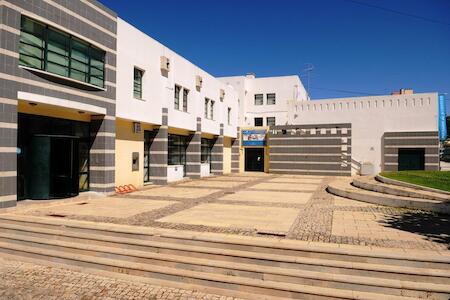Looking for budget stays in Castelo Branco? This section is designed to save you time, money, and unnecessary stress. We've got insider tips to help you find affordable hostels and the cheapest places to stay in Castelo Branco.

Castelo Branco, Portugal, is located in the central part of the country, in the county of the same name, near the Spanish border.
The town's history goes back a long time and its name -- which means "white castle" -- comes from the massive fortress that used to stand here in Roman times. Although the tower (the only remaining part of the construction) is not overly impressive, it definitely gives a certain character to the city.
In Castelo Branco itself, the most interesting sight is the Jardim Do Paco Episcopal, also known as the king's garden. It's a beautiful garden filled with typical Portuguese Azuleijo mosaics, statues of kings from the glorious past of the country, and a fountain. A walk here can definitely teach you a lot about the history of Portugal as well as about the beautiful folkloric art of the countryside.
However, most tourists choose Castelo Branco as just a base from which they can discover the rest of the area. The hostels of Castelo Branco, Portugal, are cheap, a lot cheaper than hostels found in the touristy cities of Lisbon, Porto, or the Algarve. They are not built or furnished in the local style, but rather in a cheap IKEA fashion. For more authentic hostels, you should look around in the traditional villages of Idanha-a-Nova or Proenca-a-Nova.
As this is the most rural area of Portugal, this part of the country functions as an open ethnographic museum -- wherever you go, you will stumble upon unspoilt authentic arts, crafts, and lifestyles. The villages, which are most famous for their embroidery, regional cheese, olive oil, and wine, offer unparalleled hospitality, so don't be surprised if you end up getting invited into somebody's house as a guest.
For those with a car, there is plenty to discover from here. Monsanto, which gained itself the title of the most Portuguese village, is just a stone's throw away. This quaint little settlement is built of and around massive granite stones, which definitely gives the place a very unique atmosphere. Also, the Serra de Estrela, Portugal's highest mountain and nature reserve, is not far away either and is ideal for skiing in the winter and for hiking all year round.
Written by Travel Expert Castelo Branco
 JudyM
JudyM